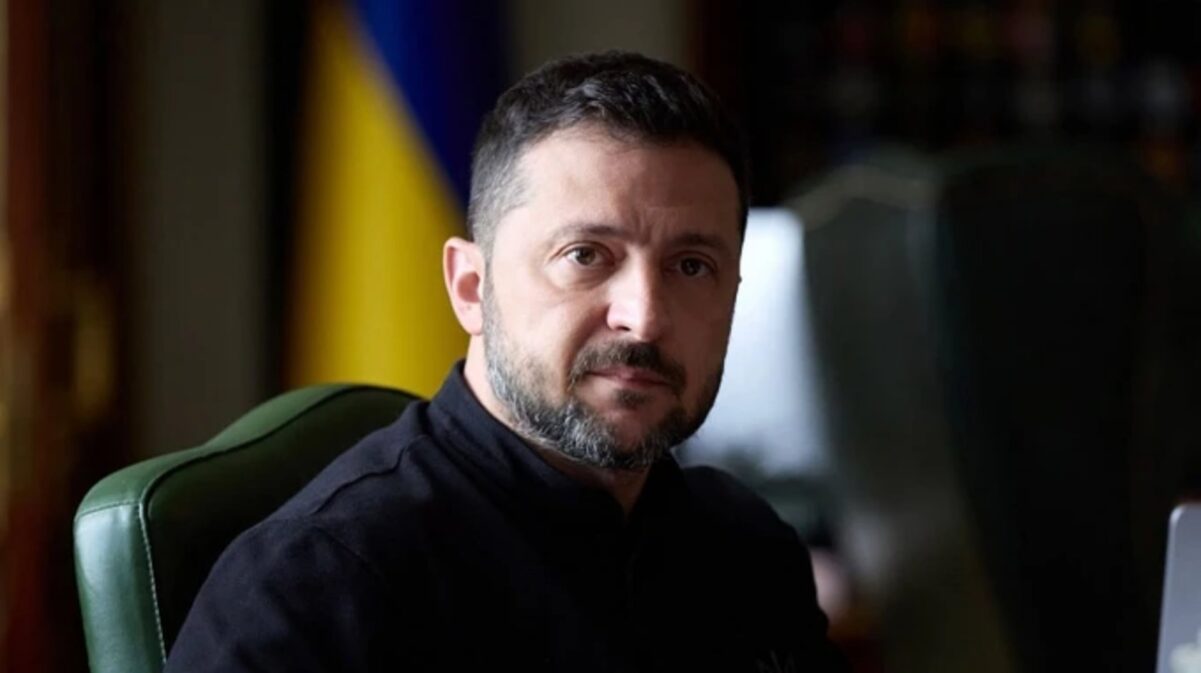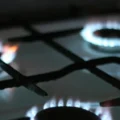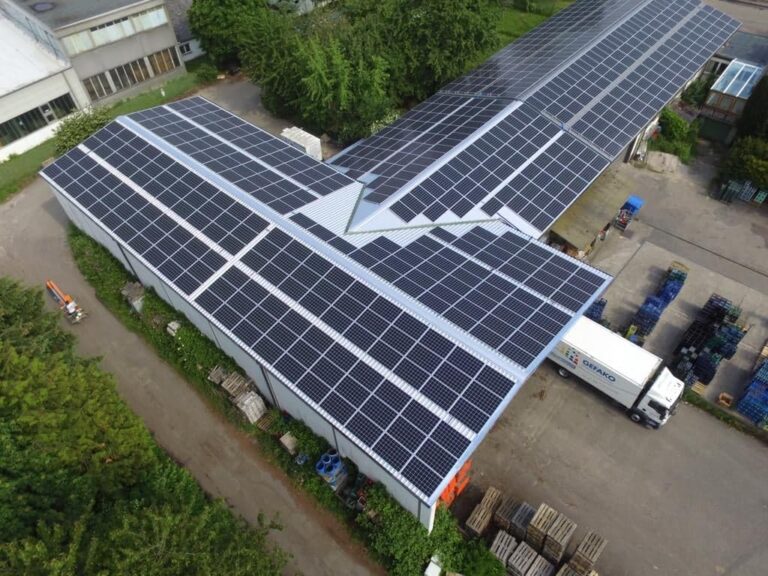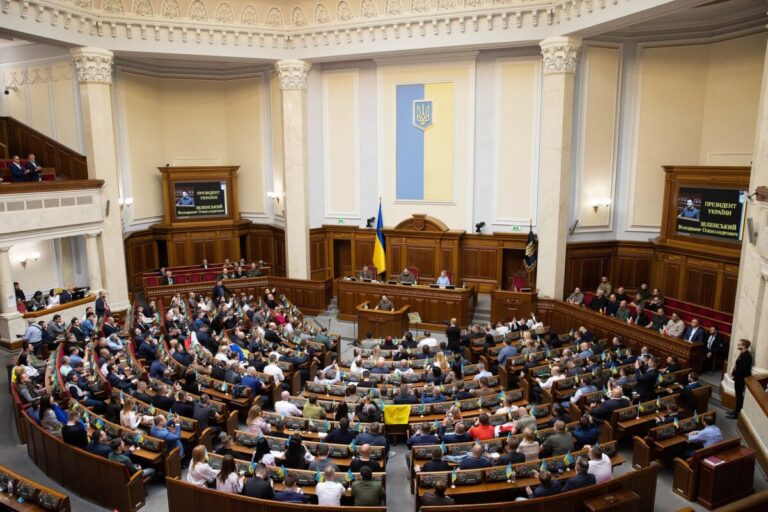
Heating Season 2025: Can Ukraine Secure Enough Gas Amid War and Infrastructure Attacks?
Preparations for the 2025 heating season are taking place under exceptionally difficult conditions this is recognized both by government representatives and independent experts. Despite a serious resource deficit and massive attacks on infrastructure, President Volodymyr Zelensky assures: the government knows where to get money and gas, and Ukraine will be able to get through the winter without disruptions. But what really lies behind these words, and how well are they backed by facts?
Zelensky stated: “We understand where to get gas worth about 2 billion US dollars. If we need it. We expect that in a very difficult situation, Ukraine must be ready to find gas for 2 billion US dollars. We have already secured part of the tranches. Norway has provided a grant of 100 million US dollars, and will also allocate another January tranche. Several other countries are providing respective grants. There is an agreement with our banks. That is, there is an understanding of where to get money. And there is an understanding of where to get gas.” This statement, made at a press briefing, is confirmed by several sources. The main point is that the government is indeed negotiating with international donors and banks, focusing on grants and loans. However, the figure of 2 billion dollars is not yet backed by open contracts, and it remains more of a preliminary estimate than an approved budget.
Sources of Gas: There Are Agreements, But Few Contracts
On the issue of gas security, the president detailed: “Regarding American LNG, there is an agreement: if we want, it will come from Poland, the Polish terminal. We can also get additional gas from Greece, we have negotiated with Prime Minister Kyriakos Mitsotakis. There is also an understanding with other countries, there are agreements. There is also one with Azerbaijan. Everyone is working on this. From what I have seen, the gas issue will be resolved.”
This position confirms: the government is negotiating with the US, Poland, Greece, and Azerbaijan. However, experts note that information about signed contracts, volumes, and delivery dates remains unavailable. Agreements are only the first stage. The question is in the realization and speed of deliveries, as well as the technical readiness of infrastructure, including gas storage and terminals.
Domestic Production and Consequences of Attacks: Why Imports Are Becoming Critical
In recent weeks, the situation has become more complicated due to regular massive attacks on gas infrastructure. Since the beginning of October, there have been at least six major strikes on Naftogaz and DTEK facilities. As the Chairman of the Board of Naftogaz of Ukraine, Serhiy Koretsky, said: “Tonight the enemy again carried out a large-scale combined attack on gas infrastructure facilities… There are hits and destruction in several regions at once. The operation of several critically important facilities has been stopped. Our specialists immediately began to eliminate the consequences.”
Such attacks decrease domestic production and increase dependence on imports. That is why the government is forced to look for additional supply sources and work on backup gas import schemes. At the same time, Naftogaz is raising funds in the form of loans and grants, and negotiating with partners for the necessary equipment to restore infrastructure.
Rising Consumption: The Load Is Growing Faster Than Expected
Another problem is the rapid increase in gas consumption. As reported by the Deputy Chair of the Supervisory Board of Naftogaz of Ukraine, Nataliia Boiko: “We are now consuming significantly more than last year on the same day.” According to her, since the beginning of the week, the use of “blue fuel” has increased by over 20%. She emphasized that all citizens need to save resources as much as possible, and the company restores facilities immediately after attacks.
American Gas and the Future of the Market: Will It Displace Russian Gas?
President Zelensky separately touched on the topic of American gas: “American energy companies want to enter the Ukrainian market. One example is a bilateral gas project with the Americans an option to build an LNG terminal in Odesa, but here we need to negotiate with Turkey so that the Bosphorus is open for this… We can talk about American gas. They see that we have the largest gas storages, that we have a network. They are interested in this.”
However, experts warn: the creation of a terminal, negotiations with Turkey, and the launch of a new route are complex processes that take years. The strategic goal the displacement of Russian gas from the European market is politically supported, but from a practical point of view is being implemented gradually.
The president’s statement about “an understanding of where to get money and gas” is backed by real negotiations, agreements, and some financial support. However, this does not mean that all mechanisms have already been launched and that supply guarantees have been fully secured. The situation is difficult: gas imports will become critically important due to attacks on infrastructure and rising consumption, and every new contract requires time and precise execution. The current strategy appears justified, but depends on many factors the dynamics of the war, the pace of infrastructure recovery, the actual timing of agreement signings, and the speed of deliveries.
The main thing is that the government has an action plan and understands its priorities, but a full “safety cushion” has not yet been created.
Risks remain but there is progress as well. Ukraine is preparing for the heating season, relying on a multi-level strategy: seeking international partners, raising loans and grants, restoring domestic production, and saving energy. Each element of this strategy may become crucial in the winter months.














